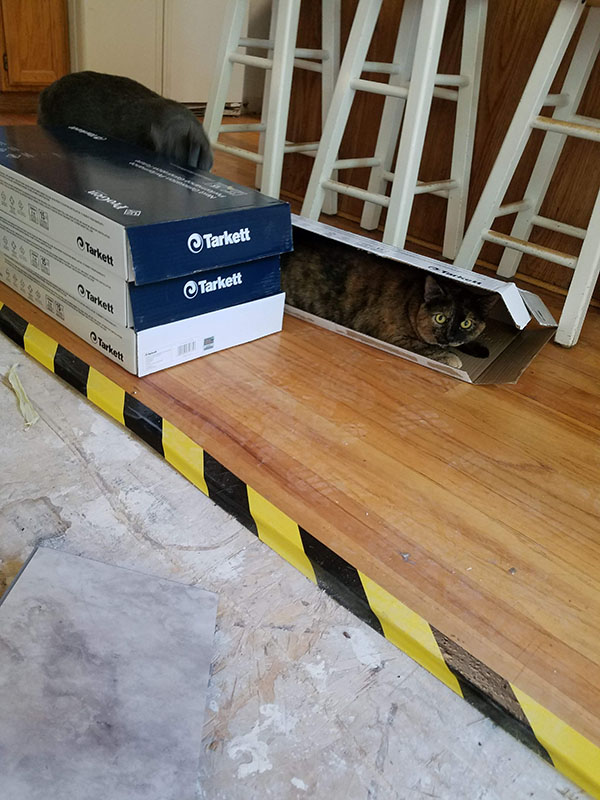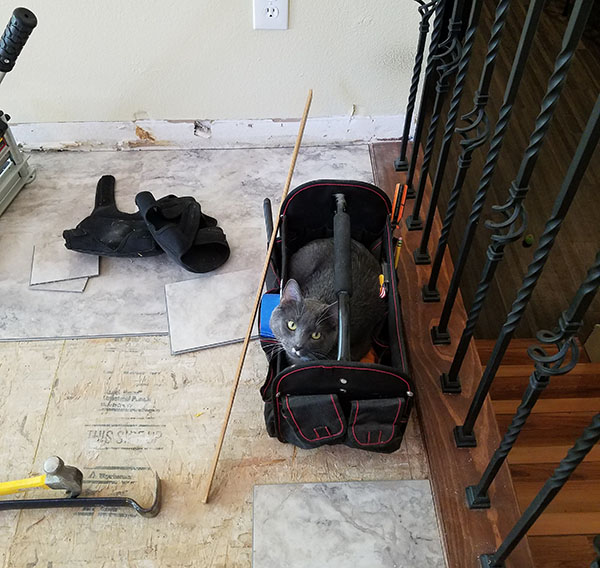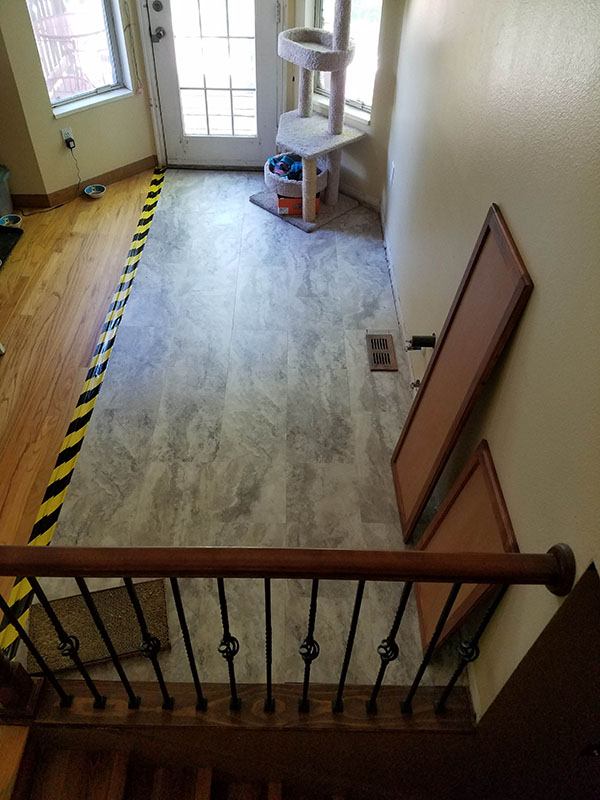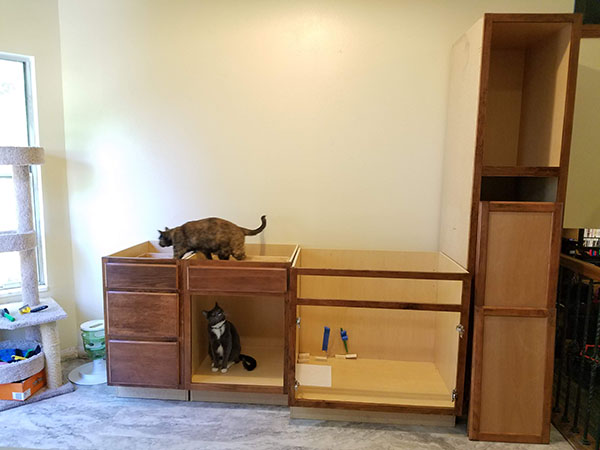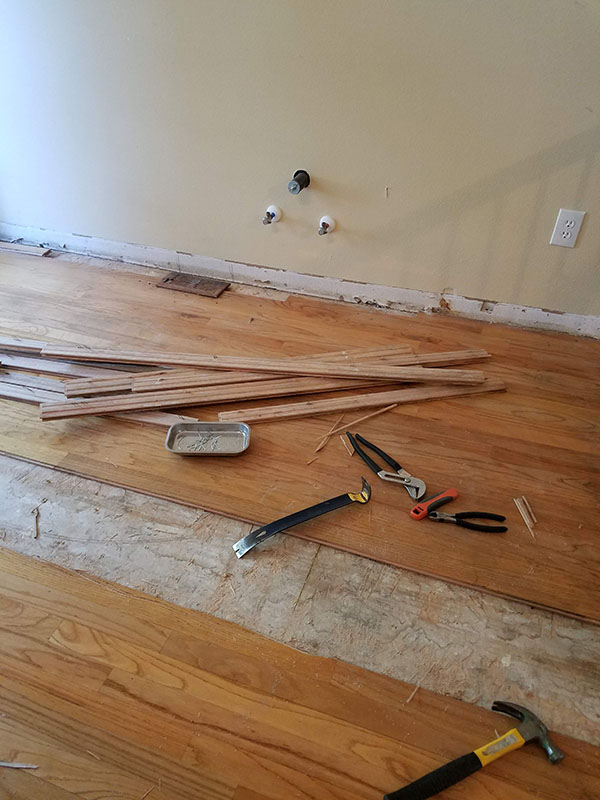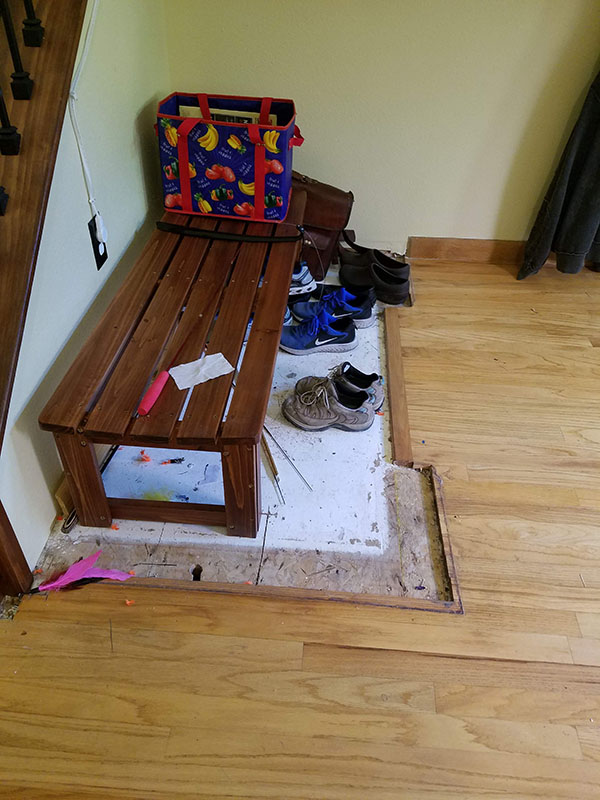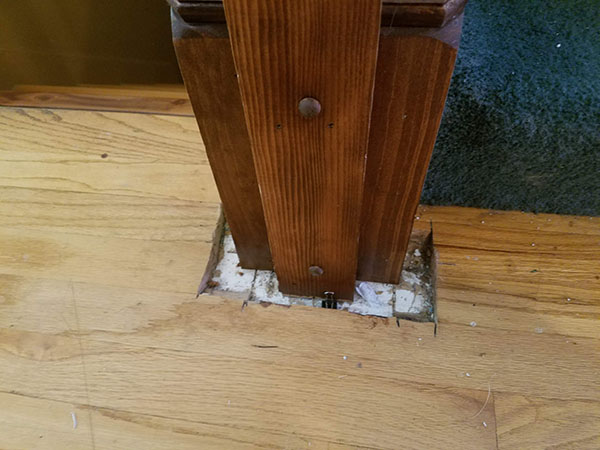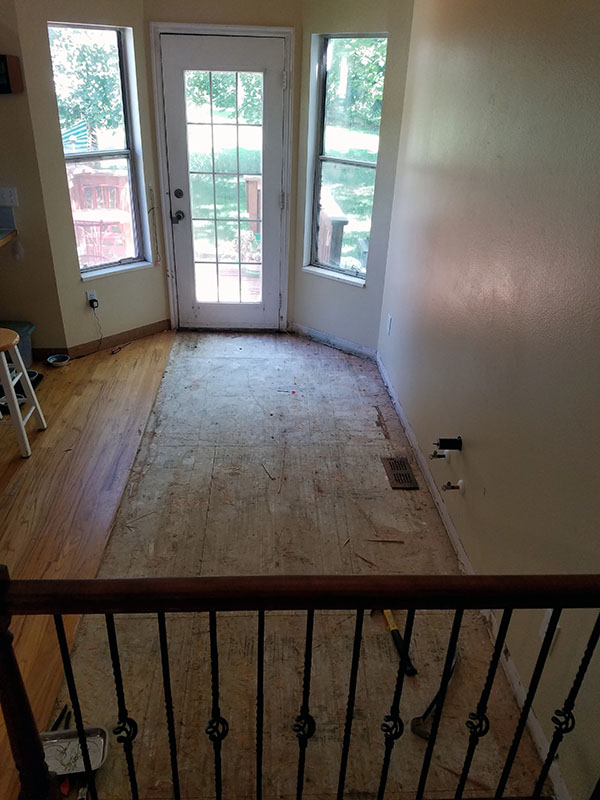The Pace Speeds Up
September seems to be skittering away from me. I’m not exactly sure how. Somehow my lists and thoughts have returned to pre-pandemic levels of activity. I don’t know yet whether this is an enduring shift or if I’m simply seeing a natural spike of activity around the onset of school season. I do know that I’m not being pulled up several times per day to process the experience of living through a pandemic. All of that just folds into my life right along with grocery shopping and making sure that my kid has a ride to their appointment. I’m having trouble figuring out what caused the slowdown in events and what has caused things to speed up again. Why did life feel paused for five months and why has that feeling of pause gone away?
We’re still limiting our social interactions. My daughter and her husband are the only visitors at our house. We’ve had workmen in wearing masks on a couple of occasions. We’re still doing our church worship at home with just the residents of our house. Groceries happen once per week, though I do confess that trips to home improvement stores happened more often this past month. I ship packages twice per week. We’ve gone to the doctor for necessary appointments. All the rest is still canceled. No conferences, no movies, no eating out, no social gatherings. So the physical movements of our lives are only a little bit different from the first shutdowns in March.
I think the difference is in the deadlines. I’ve got a list of gardening and house tasks I need to accomplish before the weather gets cold. I can feel the weight of our overdue Kickstarter that Howard is working to complete. I can see the edge of our financial resources and the work we need to do in order to make sure that funds continue to arrive before bills. I’ve a list of tasks for me to do in order to set up my consulting business. (Consultant for creator-owned small businesses, with an emphasis on writers and artists.) For several months all the deadlines were paused, everyone understood when things were late and that we were all adapting to a new situation. Now it feels like we’re all expected to just get on with things and find ways to hit the deadlines, because businesses have opened back up and life can’t be paused forever.
Or maybe the difference is just in me. But I’m back to feeling like I need to slow life down. At least I managed to hit one deadline only a little bit late. I sent out my monthly newsletter today. Tomorrow I have to start work on the Hypernode media (Schlock Mercenary) newsletter.
The Pace Speeds Up Read More »
